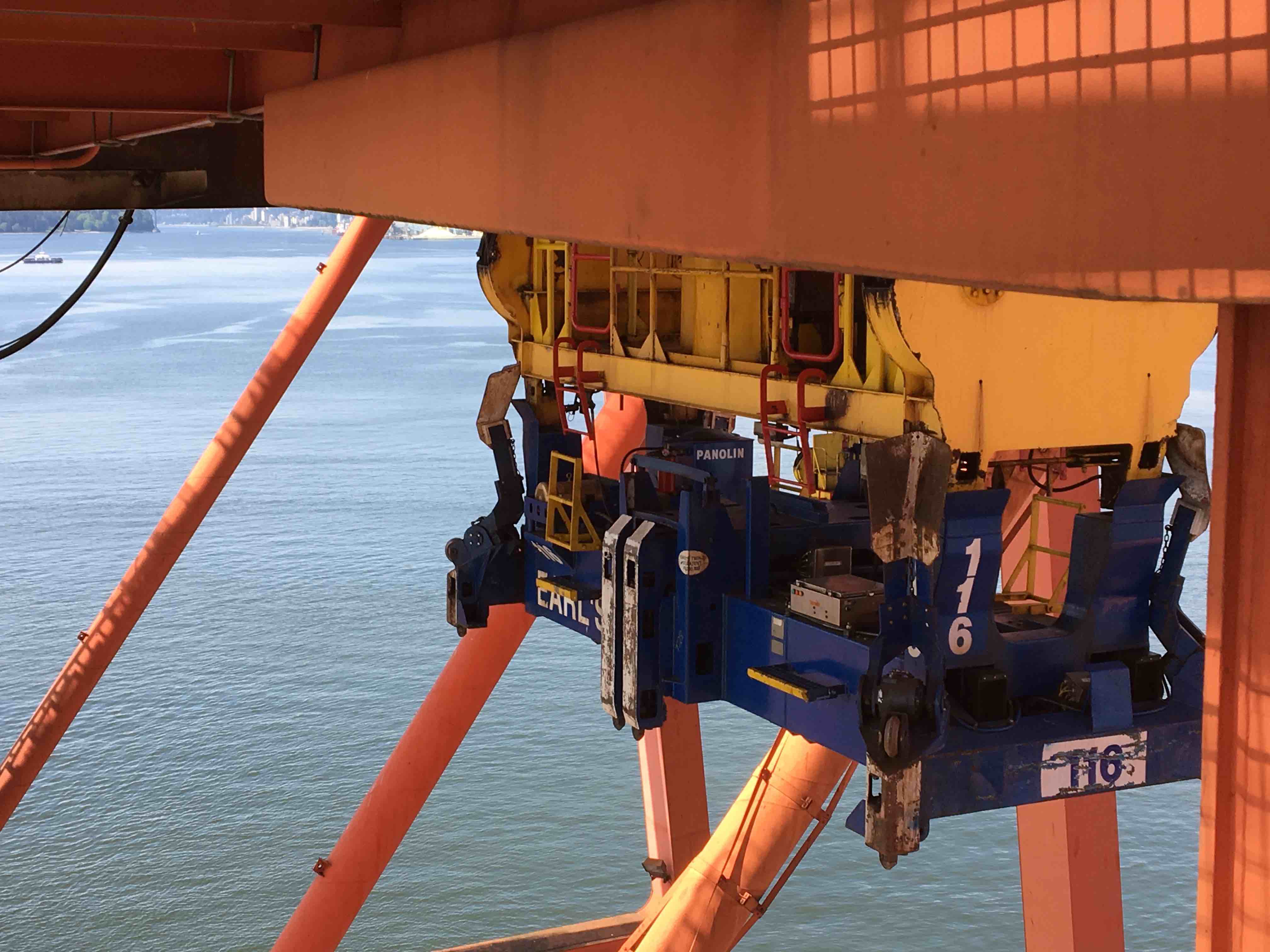Green technology use in maritime transport is having an impact. The Paris Agreement on Climate Change was signed by 175 countries in April 2016. The IMO Marine Environment Protection Committee meeting, which highlighted the shipping industry’s path for smart, responsible sustainable development, overlapped with the signing. The work of this committee advances the International Maritime Organization’s (IMO) vision for shipping that follows the United Nations Conference on Sustainable Development, Rio+20 in 2013. IMO Secretary-General Mr. Kitack Lim has asserted that sustainability could best be achieved under the comprehensive regulatory framework developed and maintained by the IMO.
While the above achievements are indeed notable, the real test will come with implementation. By capturing industry insights and perspectives from a ship owner, port authority, container terminal operator, and supplier, the challenges, and lessons learned for driving enhanced sustainability can be explored. We quickly learn that green values, company initiatives, and improvements extend far beyond mere regulatory compliance. Sound governance structures, integrated team-based business processes, new technology, and products are being used collaboratively to set the pace for an enhanced sustainability outcome.
Green Technology Use in Maritime Transport
For example, the Prince Rupert Port Authority (PRPA) environmental initiatives cover a variety of topics including invasive species, water quality, carbon emissions, air quality, dustfall, and noise monitoring. The port is also involved in the Green Marine program and has Green Wave tariff scheme for ship owners.
For this rapidly growing port community, perhaps few marine topics are as important locally than the environmental health of the shoreline. To address the challenges associated with port growth, the PRPA was involved in creating ShoreZone. The initiative developed a systematic, structured way to measure and map shoreline resources. The project documented existing shoreline habitats around Prince Rupert, the Tsimshian Peninsula and the Skeena River using very high-resolution aerial imagery.
The ShoreZone Imaging Survey was funded by the PRPA, Pacific Northwest LNG, Aurora LNG, the Gitxaala Nation, the Metlakatla First Nation, the Nisga’a First Nation, as well as BC Ministry of Environment.
The process used to complete the project included photographing and videoing hundreds of kilometers while flying several hundred feet over the ground, and spatially referencing the images by a global positioning system so that accurate latitude and longitude information could be determined. The images were then weaved together to create a coastal survey map. The technology used to bring images together included an ArcGIS platform where the resulting information is publically available from the PRPA’s website. The information contained in the system can be critical competent of an effective response to natural and manmade disasters. The data in the photos can also provide emergency and coastal managers with information needed to assess damage, but also to develop recovery strategies, facilitate search and rescue efforts, and identify hazards to navigation and hazardous material spills.
The theme that emerges from the full June 2016 BC Shipping News article is that the successful introduction of a new green product or technology rides on leadership, collaboration and trust. Perhaps this is why company initiatives are in fact driving sustainability improvements that extend beyond mere regulatory compliance. In a sector where commercial supply chain and logistics collaboration is often discussed but lacks a level of trust and integration, it is often difficult to achieve measurable improvements. As the standard of corporate conduct for the maritime sector continues to evolve rapidly, all companies will need to adopt continuous learning and innovation programs. Our ability to engage in international trade as a nation will increasingly depend on the effective use of environmental technologies in the maritime transport and logistics sector. Failure to do so will make it much harder to attract the next generation of employees but will also undermine the public confidence necessary to support increased investments in transportation infrastructure.
In an era of intense price competition, tight operating margins and emphasis on improved productivity, it is important to acknowledge and learn from pacesetters who are at the forefront of making a difference.

